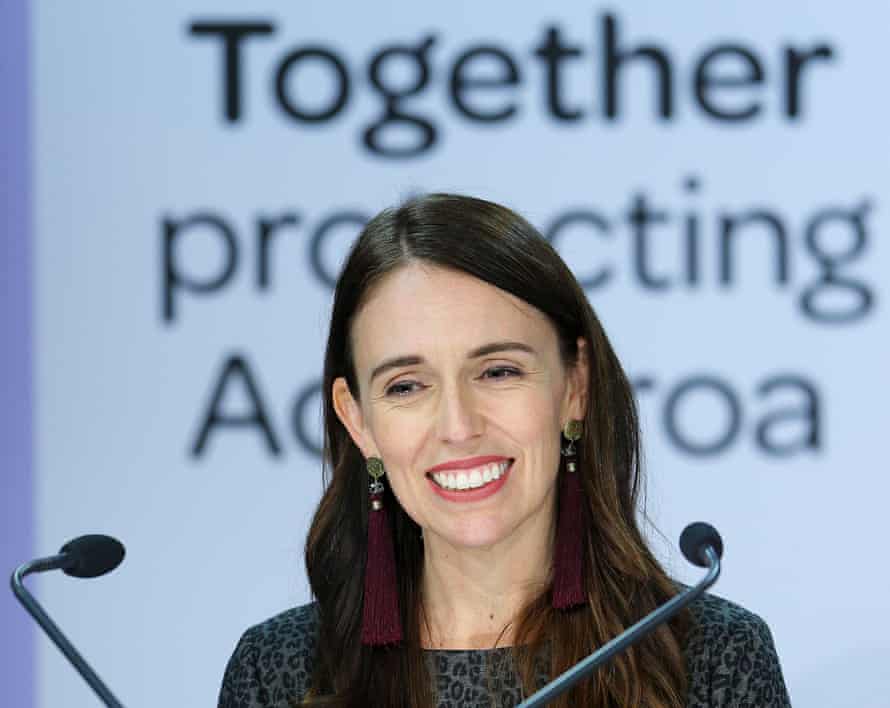For Nicole Haines, it’s a chance to begin the grieving process. In June last year, her mother in Sydney died suddenly and unexpectedly of a brain aneurysm.
“It was just heart-wrenching,” says Haines, an Australian based in Christchurch for the past 10 years. With two children and an elderly aunt living with her, she couldn’t afford the time and cost of staying two weeks in quarantine on the return trip.
But when the opening of a trans-Tasman travel bubble was announced on Tuesday, she was finally able to book a flight for her and her daughter to Sydney. “I feel like walking through my mum’s front door for the first time, it’s like starting the grieving process. I have grieved here, but haven’t really cried much, because I haven’t got anything substantial to feel her,” Haines says. “It was really quite overwhelming when I heard the news yesterday.”
Hundreds of thousands of families straddle the trans-Tasman border, with an estimated 600,000 New Zealanders living in Australia and about 60,000 Australians based in New Zealand. For the past year, border closures due to Covid-19 have meant many of those families have been divided – parents unable to see children, children unable to visit sick parents, and families unable to attend the funerals of loved ones. “I’m just one story,” Haines says – “there will be hundreds of stories out there.”
‘A day full of emotions’
For others, crossing the Tasman will be a moment of joy and celebration. Julie Cooper hasn’t seen her New Zealand-based parents since December 2019. Since then, she’s given birth to a baby boy, Kohan, who is now seven months old. She’s elated that he’ll soon meet his grandparents for the first time.
“I still don’t think I will believe it until my feet are on NZ soil and my boy is in his grandparents’ arms!” says Cooper, who works in Brisbane and lives on the Gold Coast.
Her excitement is tinged with sadness about the missed milestones that have already passed.
“My family missed my whole pregnancy – I sent photos every week of my growing belly and videos of bubs kicking me, but nothing compares to being able to see me pregnant in person,” Julie said. “There have been a lot of tears shed on my part – every time Kohan goes up a size in nappies or clothes I am like, ‘man, our family has missed out on him being this small’.”

The day of the announcement was “a day full of emotions”, she says – “I teared up so many times”. Now, she and her son are booked to fly out at the end of the month. Her mum has already started stocking up on nappies.
Jolene Vella, a New Zealander living in Brisbane, says she’s over the moon to be seeing her parents again. They had been living in Australia for around 17 years, but had to return to New Zealand after her mother had a stroke. Jolene was booked to go over for her mother’s 60th birthday in March – but the borders closed two days before they were due to fly out.
“I’ve spent the year hoping,” she said. “When you live knowing that people’s lives are finite, when you don’t have the freedom to go and see them, it’s really emotionally draining”
“I just want to hug my mum and dad,” she says, tearfully. “Give them a kiss, lay my eyes on them, and know that they’re OK.”
When she priced up a two-week trip for her and her daughter last year – including the cost of flights, two weeks in quarantine in either direction, and lost income – she says it came to $16,000, an unaffordable sum.

“So many people have missed funerals, missed people they love passing, people’s births, there’s so much that we’ve missed in each other’s lives,” she said. “This is massive. This means we can start connections again. We can see each other … This is the beginning of life again.”
‘Great relief for many’
Announcing the quarantine-free travel bubble, the New Zealand prime minister, Jacinda Ardern, acknowledged that the separation had been difficult for many. “One sacrifice that has been particularly hard for many to bear over the past year has been the separation from friends and family who live in Australia, so today’s announcement will be a great relief for many,” Ardern said. “This is the next chapter.”
Her Australian counterpart, Scott Morrison, said on Tuesday it was “tremendous” the arrangement would be operational in time for Anzac Day
It’s not yet clear how many New Zealanders and Australians will be leaping to make the trip. Officials in New Zealand have urged caution, because an outbreak in either country could mean the border closes again. Ardern said it was “flyer beware”, and that those who crossed over would need to be able to look after themselves in the event of a border shutdown.
Air New Zealand’s chief executive, Greg Foran, would not share precise numbers of flights booked, but told NZME the airline had seen an enormous surge since the announcement. “We’ve seen about 100-times increase in bookings and actually yesterday, from the period from 4pm through to about 10pm, it was actually a record – an Air New Zealand record for the number of bookings that were made across the Tasman,” he said.
Qantas announced on Tuesday that it would operate 122 return flights a week to New Zealand, and expected the two-way bubble would see a return to 83% of pre-Covid operating capacity.
As well as reuniting families, the bubble is expected to bring a much-needed boost for tourism-dependent businesses. In March, Tourism New Zealand forecast that opening travel to Australians could allow tourism revenue to recover to 70% of pre-Covid levels. With the travel bubble open, they expected a NZ$1bn boost to the New Zealand economy over the rest of the calendar year.
This content first appear on the guardian
